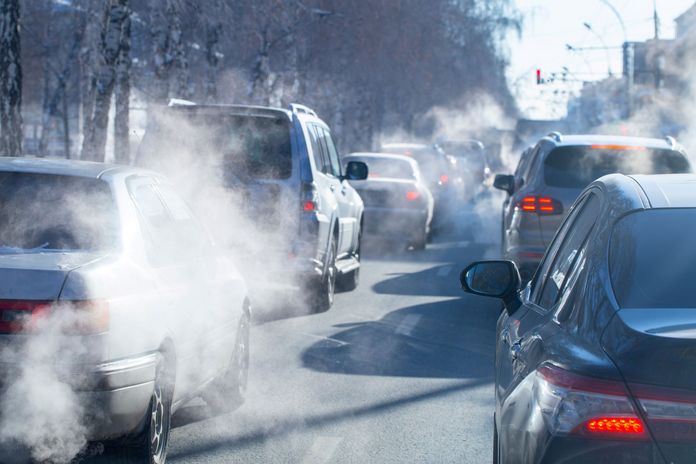
Swiss TPH has over 30 years of expertise on air pollution and its health effects on children and adults. Over the years, evidence generated by Swiss TPH researchers and partners led to policy changes that improved people’s health. Join us as we take a look back with Nicole Probst-Hensch who had a pioneering role in the research of air pollution and health.
On the night of 1 November 1986, 1,350 tonnes of highly toxic chemicals burst into flames in the Schweizerhalle near Basel, Switzerland. The disaster caused devastating ecological damage. Life in the Rhine river was wiped out over several hundred kilometres, and it took years for the river to recover. Environmental damage, including air pollution, became a growing concern in Switzerland, and there was a growing concern about the potential health effects of exposure to air pollutants.
"The first Swiss TPH researchers in the field of environmental epidemiology, including myself, were shaped by the events of Schweizerhalle," recalls Nicole Probst-Hensch, Head of the Department of Epidemiology and Public Health at Swiss TPH.
Pioneering research in air pollution
In 1991, the SAPALDIA (Swiss Study on Air Pollution and Lung Disease in Adults) cohort was initiated by a group of epidemiologists led by Ursula Ackermann-Liebrich and pneumologists led by Philippe Leuenberger to investigate the relationship between air pollution and respiratory health in adults living in Switzerland. Starting in eight different geographical regions and including 10,000 participants, SAPALDIA became a world-renowned cohort and is still the only population-based Swiss national cohort with a biobank.
“Virtually everyone is exposed to unhealthy levels of air pollution throughout their lives”
“We recognised the importance of epidemiological long-term studies and cohorts as well as biobanks early on,” says Probst-Hensch. Biobanks store human samples over a long period of time, and they allow studying the biological effects of environmental factors on human health. Probst-Hensch and her team further developed biobanks over decades in the context of SAPALDIA and contributed significantly to a better understanding of the health status of the Swiss population and the main risk factors, including in particular air pollution and its influence on chronic diseases.
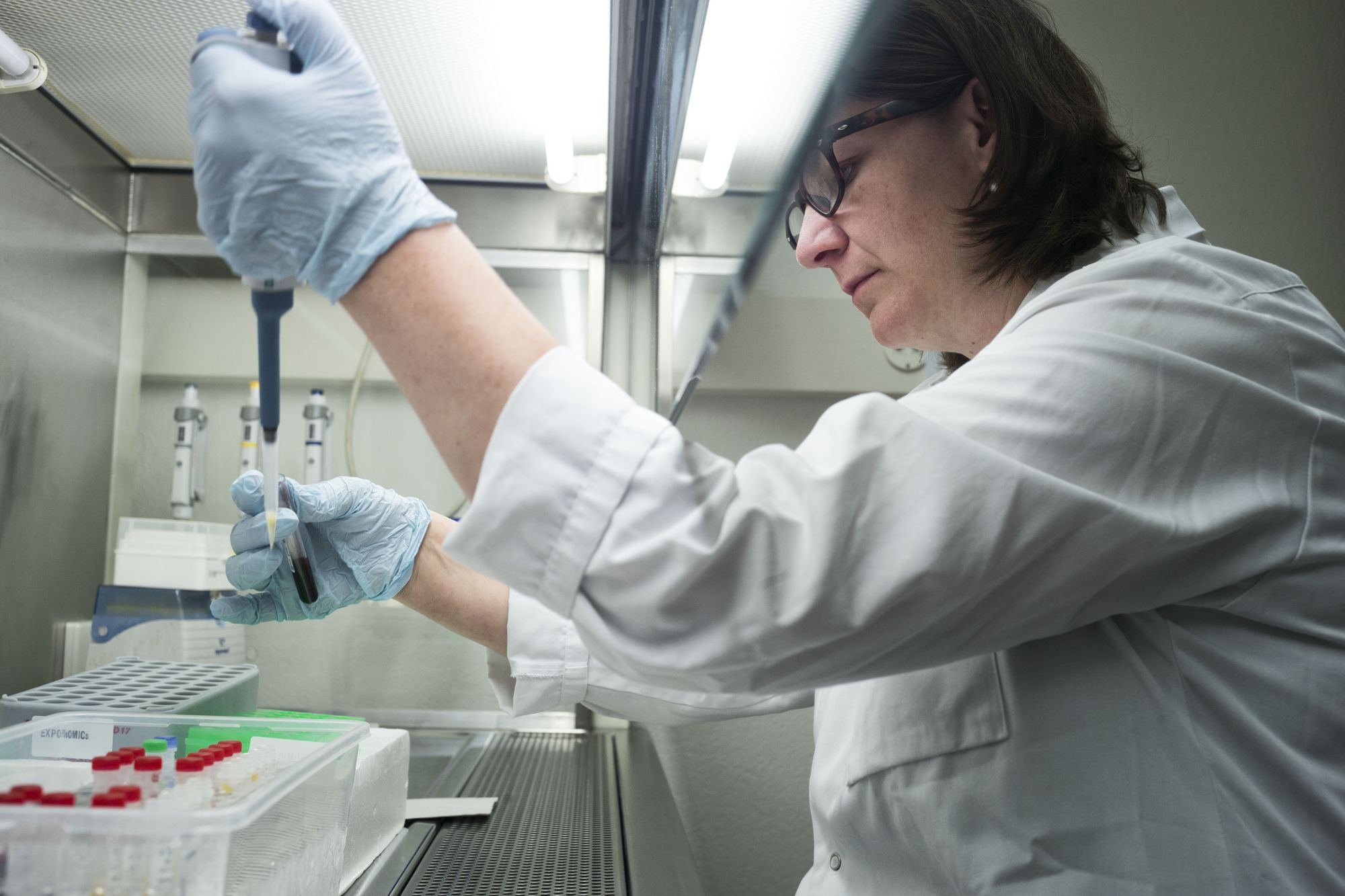
The health burden of air pollution
We now know that air pollution has a wide range of effects on human health, including accelerated ageing. It can cause illness and death, ranging from mild physiological changes, through acute effects such as heart attacks and strokes, to chronic diseases such as osteoarthritis, diabetes and lung cancer, which ultimately reduce life expectancy.
The global burden of the disease is large: according to the World Health Organisation (WHO), around seven million people die prematurely each year as a result of air pollution.
WHO data shows that almost all of the world’s population (99%) breathes air that exceeds WHO guidelines and contains high levels of pollutants. "This means that virtually everyone is exposed to unhealthy levels of air pollution throughout their lives," says Probst-Hensch.
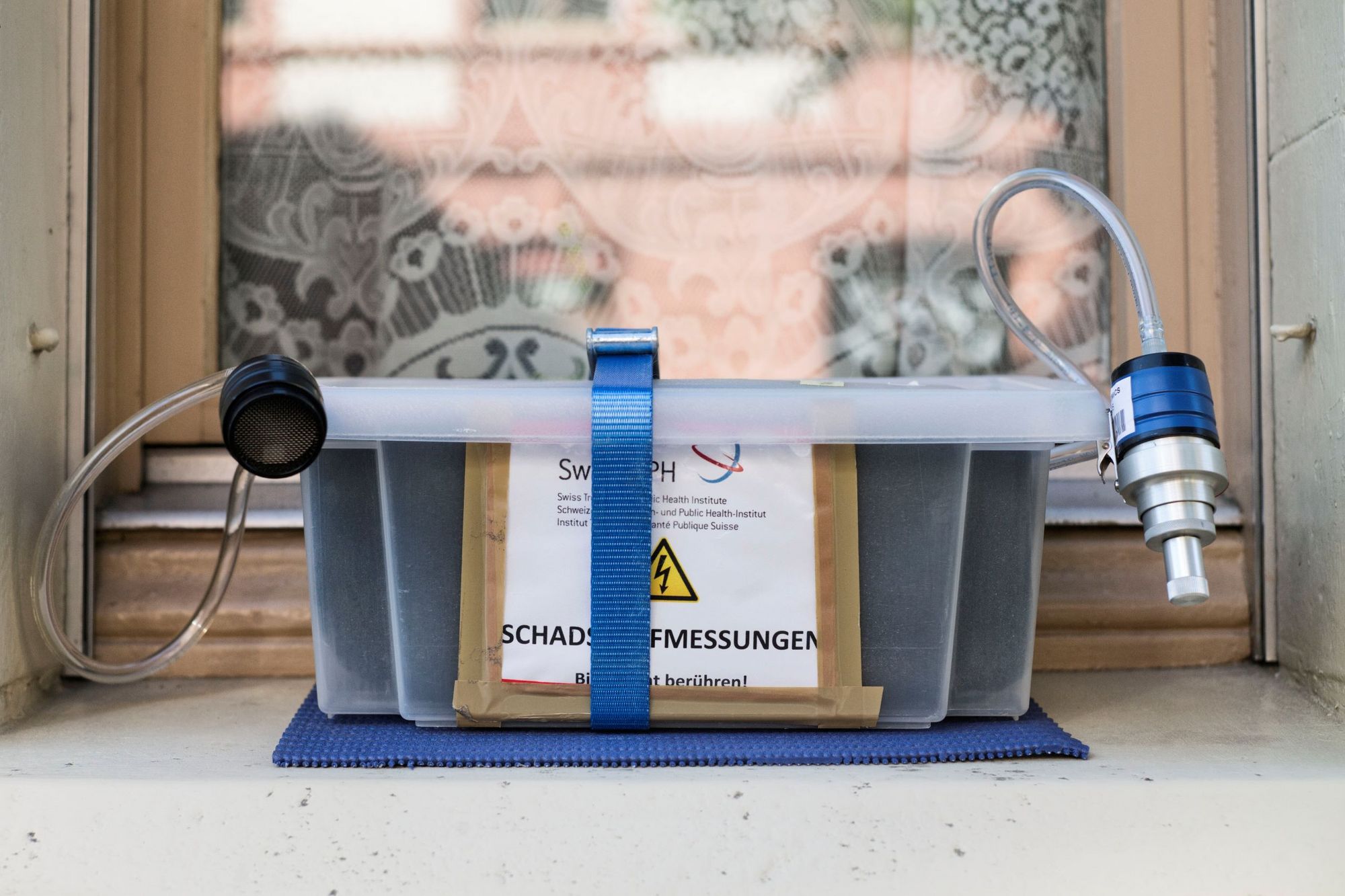
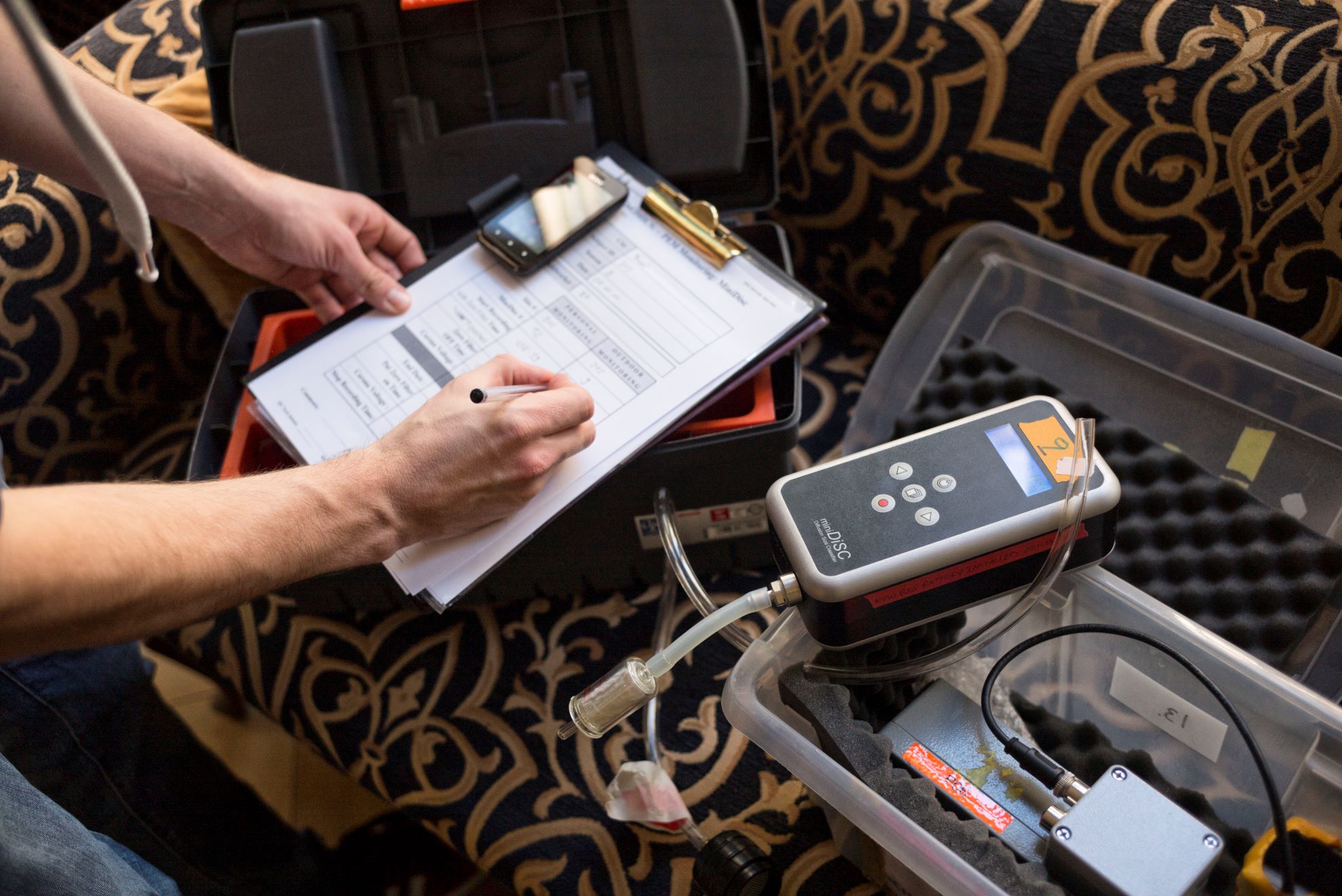
National impact
What we know today about the effects of air pollution on health has been demonstrated over the last few decades thanks to studies such as SAPALDIA. The first results from the SAPALDIA study provided the evidence that air pollution harms respiratory health. Higher levels of air pollution led to a higher prevalence of respiratory distress, more frequent chronic bronchitis, reduced lung function and a more frequent incidence of other respiratory symptoms.
These results together with other air quality studies provided the scientific basis for the Swiss Federal Council to introduce a limit value for particulate matter in 1998. About ten years later, researchers from the SAPALDIA study provided the world's first evidence that improvements in air quality, particularly reductions in particulate matter, have a positive long-term effect on the respiratory health of adults.
Since 1985, Swiss TPH has also managed LUDOK, the Swiss literature database on air pollution and health. On behalf of the Federal Office for the Environment, LUDOK reviews and summarises the scientific literature on air pollution and health in order to advise policy-makers, scientists and the public. "We have been working very closely with governmental agencies to guide their policies on air pollution," said Meltem Kutlar Joss, Project Leader of LUDOK at Swiss TPH.
Advising policy-makers
International impact
In 2009, the former Institute of Social and Preventive Medicine of the University of Basel was integrated into the former Swiss Tropical Institute and it was renamed Swiss Tropical and Public Health Institute (Swiss TPH). With the integration, expertise was expanded to include research on environmental health and the epidemiology of non-infectious diseases, genetic epidemiology and social sciences.
"We started to broaden our focus, which was mainly Swiss, to an international level. We worked with partners in low- and middle-income countries with the highest exposure to air pollution and were able to contribute our many years of knowledge and expertise to various international projects and policy advisory roles," said Probst-Hensch.
The SAPALDIA cohort and in particular its biobank has enabled Swiss TPH to participate in multi-country European cohorts, where larger numbers of study participants are needed to determine complex effects of environmental exposures on health in the context of exposome science – which looks at all the external factors a person is exposed to during their lifetime and how these interact with individual characteristics, such as genetics, to affect health.
As part of the SAPALDIA study and larger international research collaborations such as the European ESCAPE study or the EXPANSE project, Swiss TPH has been able to conduct research on the short- and long-term health effects of air pollution in Switzerland and beyond, providing evidence such as the correlation between long-term exposure to particulate matter and natural mortality. Based on more than 30 years of research, Swiss TPH ultimately contributed to new WHO guidelines. In 2021, WHO presented its new global air quality guidelines, which aim to protect the health of populations by reducing key air pollutants.
"There is an urgent need for policy action to be taken from these guidelines to benefit the health of everyone, in particular the most vulnerable population," said Nino Künzli who was involved in the development of these guidelines and is a member of the WHO Global Air Pollution and Health Technical Advisory Board. As president of the Swiss Federal Commission of Air Hygiene, he will be shaping future air quality goals of Switzerland.
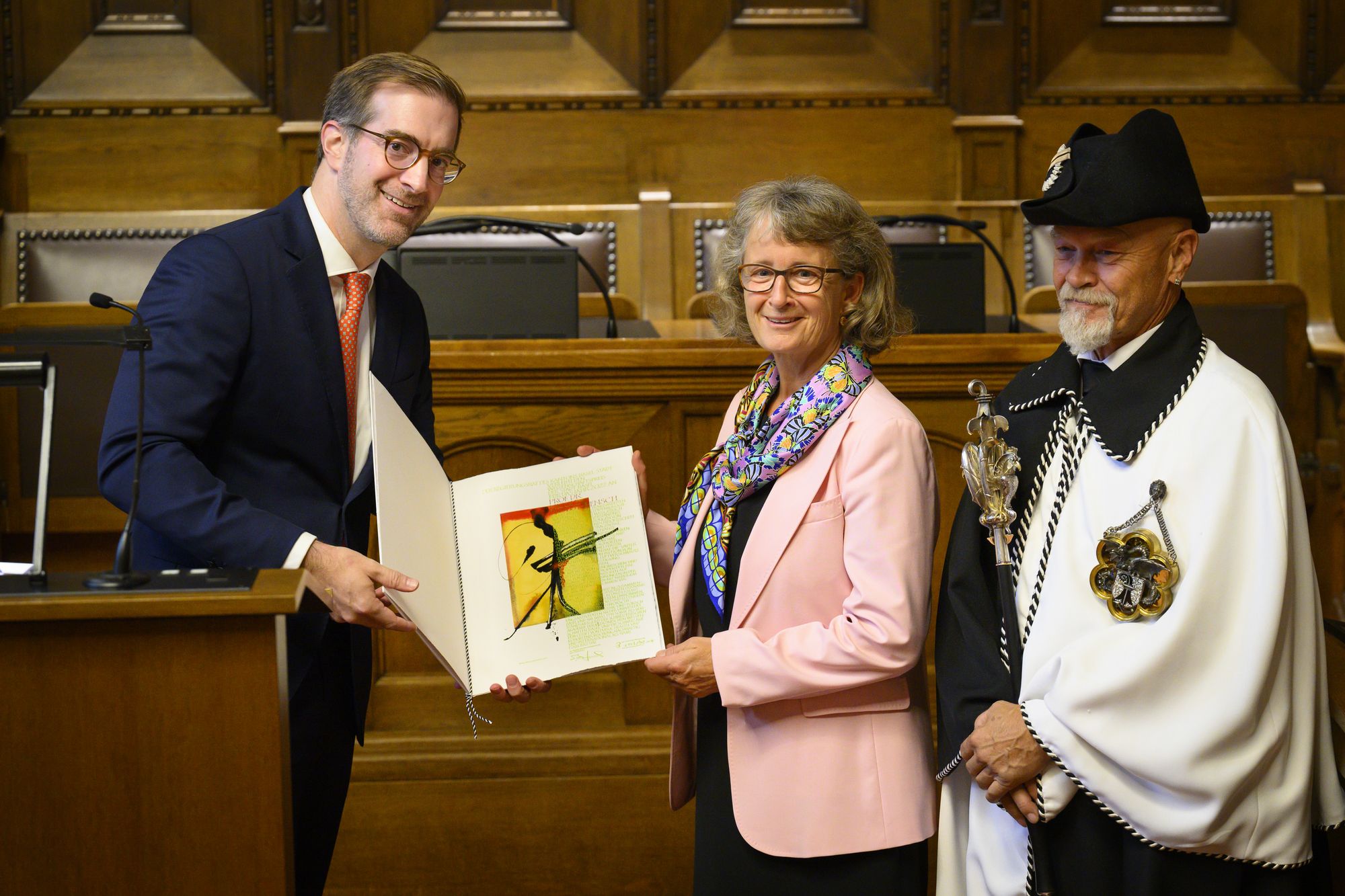
Outlook: the need for a Swiss cohort and biobank
SAPALDIA has evolved from an air pollution cohort to a broad ageing, genomic and exposomic study. To advance research on environmental, behavioural and lifestyle factors in chronic diseases, public health researchers in Switzerland joined forces and published a white paper at the end of 2022, led by Probst-Hensch. They argued for a large cohort and biobank with more than 100,000 participants of all ages. Switzerland has a high prevalence of chronic diseases such as cardiovascular diseases, cancer, diabetes and also depression.
"The Swiss citizen cohort and biobank would provide a unique opportunity to study the complex interplay of genetic, environmental and lifestyle factors that contribute to the development of these diseases," says Probst-Hensch. In addition, these data could help to identify personalised prevention and treatment strategies and provide policy-makers with an evidence base for shaping policies and urban environments for healthy living and well-being.